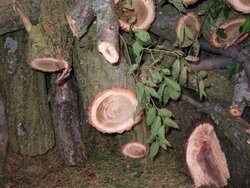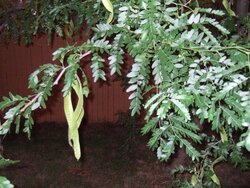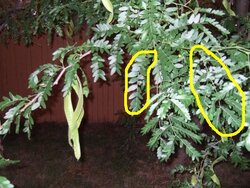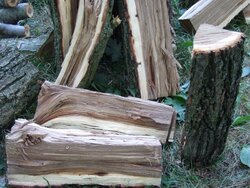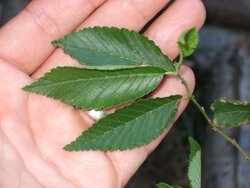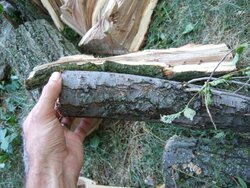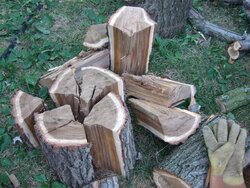Well my next-door score turned out to defenitely not be Cottonwood 
This will likely be the easiest I.D in history as the leaves & seeds are very unique. I just have never I.D'd this type of wood at all. Tell me what i wanna hear :coolsmile:
First attempt at posting pics, here goes

This will likely be the easiest I.D in history as the leaves & seeds are very unique. I just have never I.D'd this type of wood at all. Tell me what i wanna hear :coolsmile:
First attempt at posting pics, here goes


